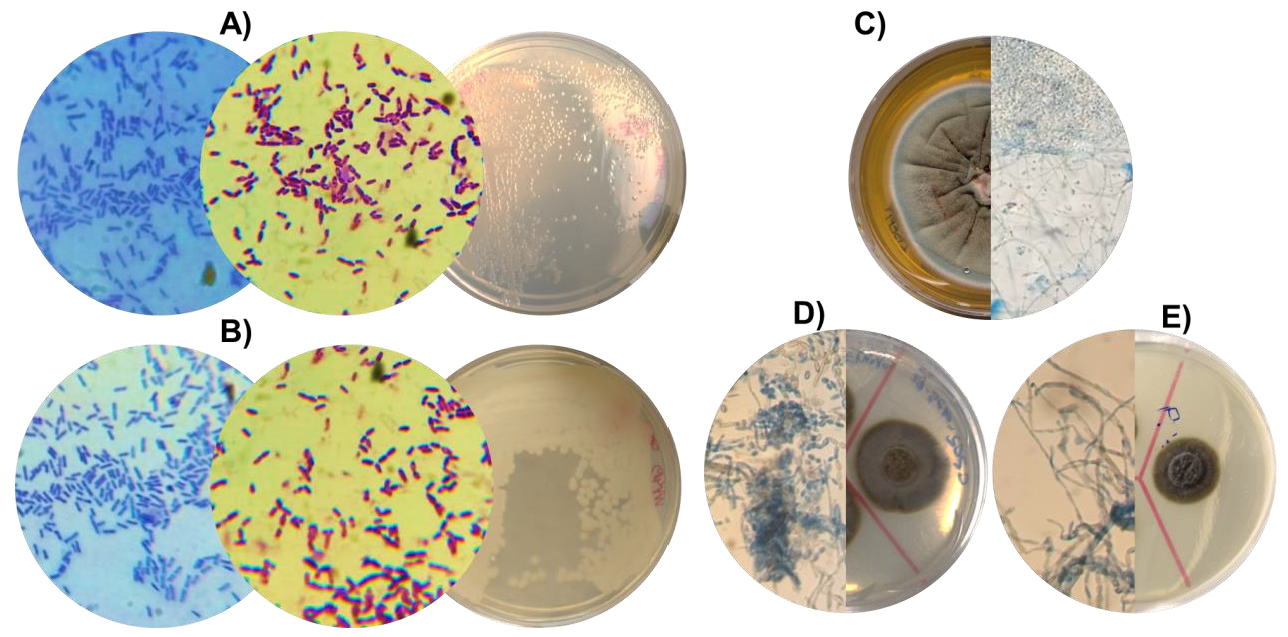 |
|
Heavy metals (HM) pollution is a global concern as mining activity is a major source of those hazardous compounds. In this research, five microorganisms were isolated from mine tailings associated with a high concentration of heavy metals and identified by molecular techniques. Two different samples of mine tailings were the source of culturable strains resistant to HM, native heterotrophic bacterial and fungal microorganisms were isolated and tested for As and Zn resistance (15 mM of and 20 mM ). Results showed a strain compatible with Bacillus cereus as the most resistant bacterial strain (7 mM of and 5 mM of ZnCl2, and the fungus Exophiala oligosperma as the most tolerant (20 mM for As and 15 mM for Zn). This performance proposes that the strains isolated from the mine tailings are usable tools for the biotreatment of sites contaminated with HM and that they can also have diverse and innovative applications, economically competent, and friendly with the environment. Some of the isolated strains showed a lower tolerance to HM tested; however, their molecular characterization suggests them as profitable strains for health and industrial purposes, so they should be subjected to a more in-depth analysis.
Keywords: Bacillus cereus, Exophiala oligosperma, Talaromyces, heavy metals, biotechnologyy.
|
|
 |

